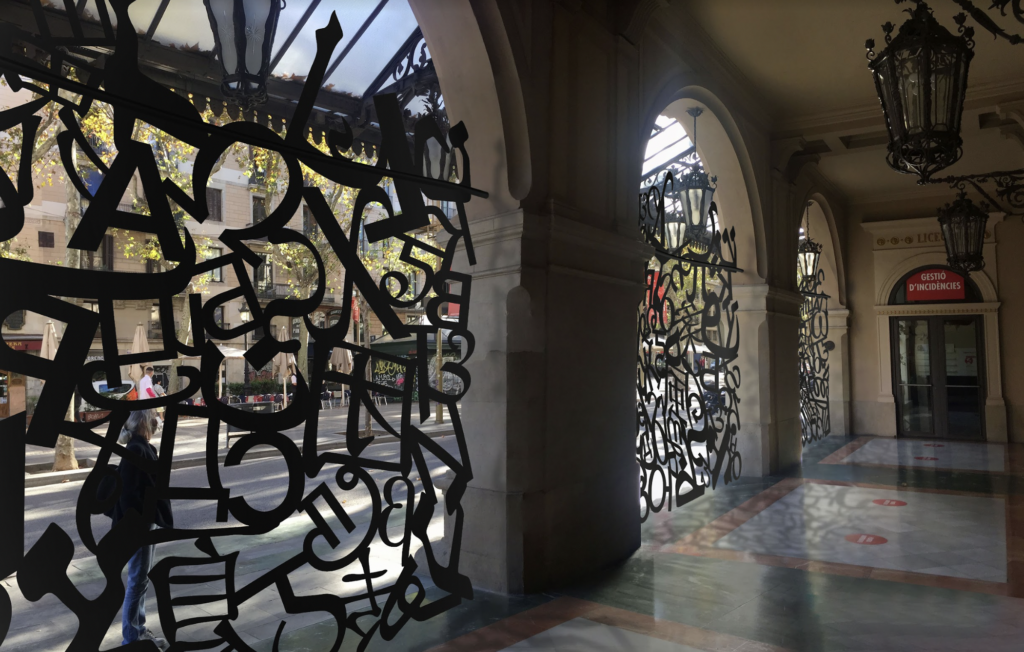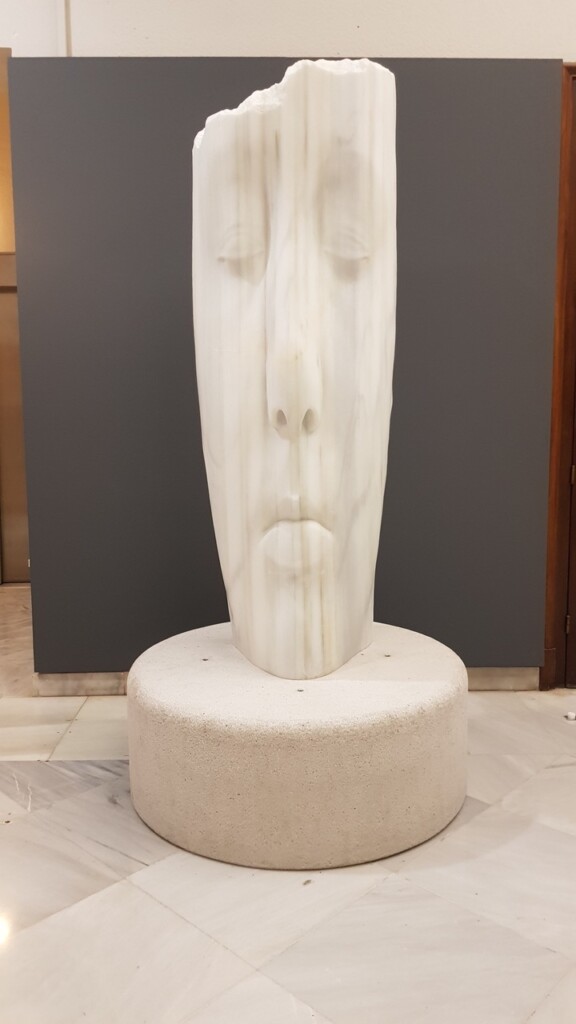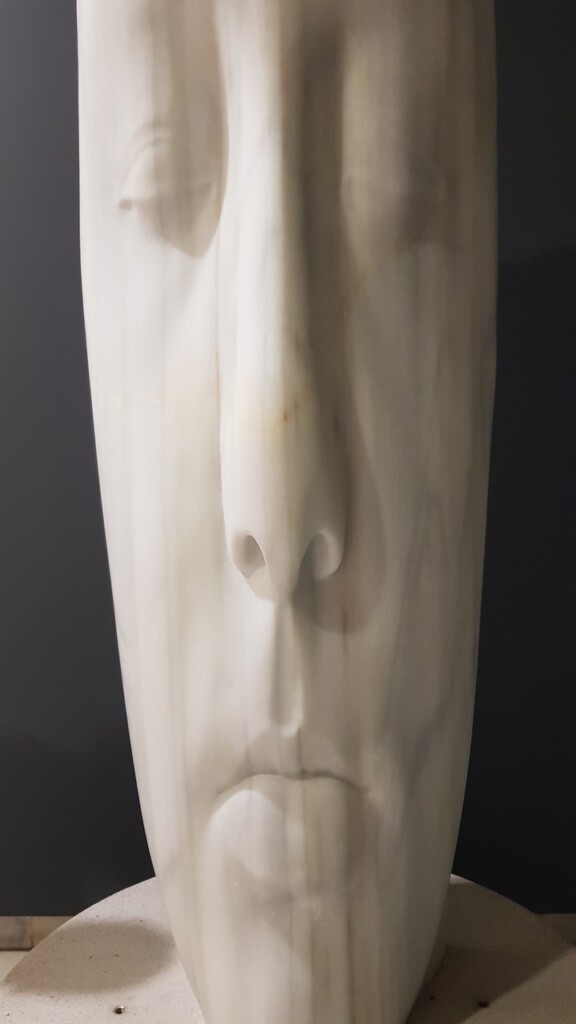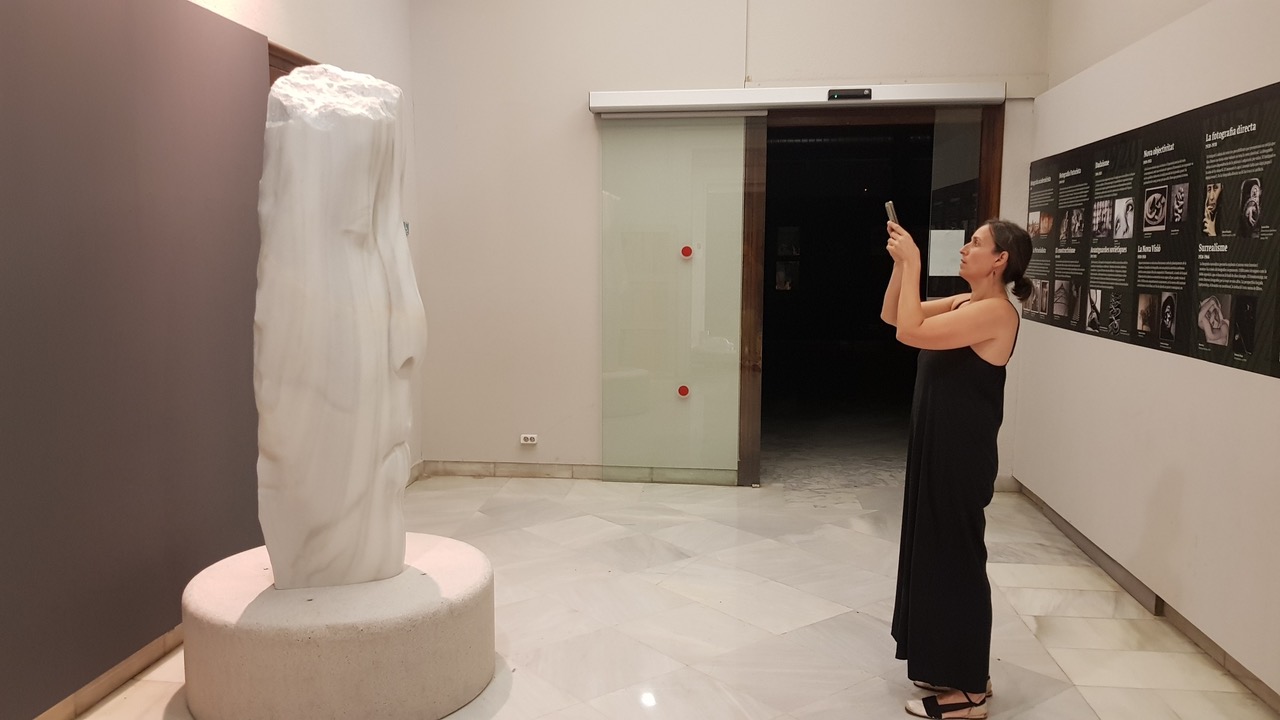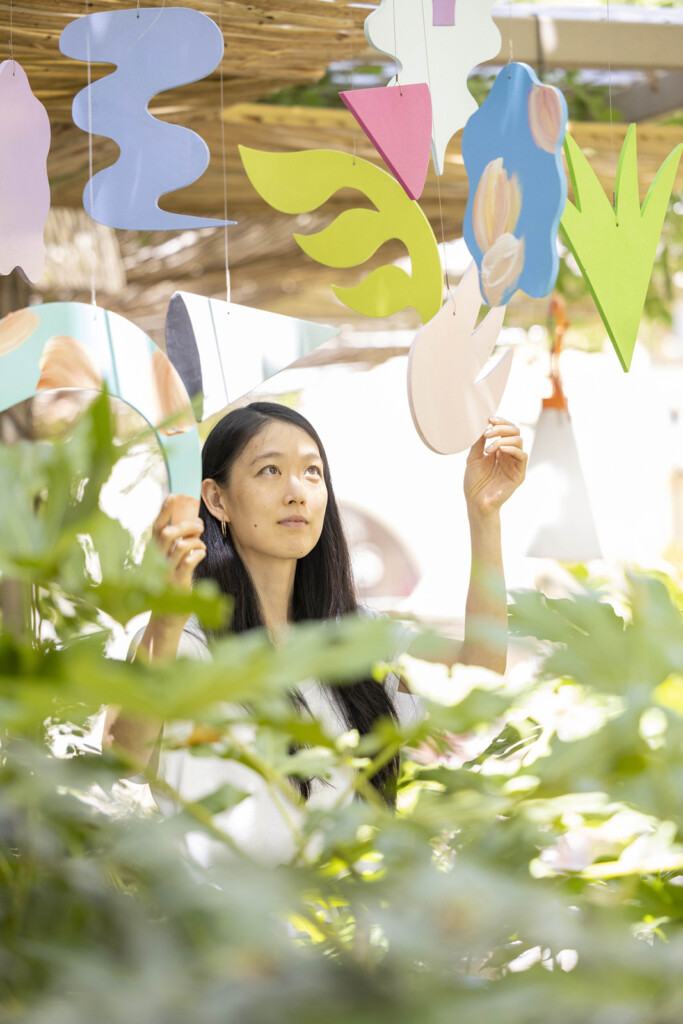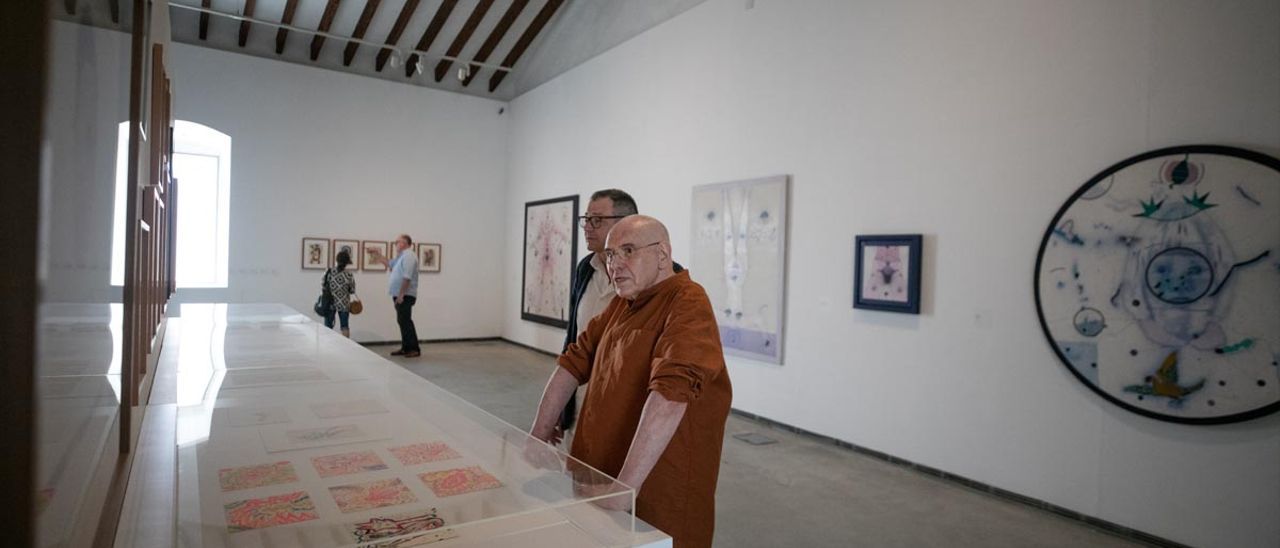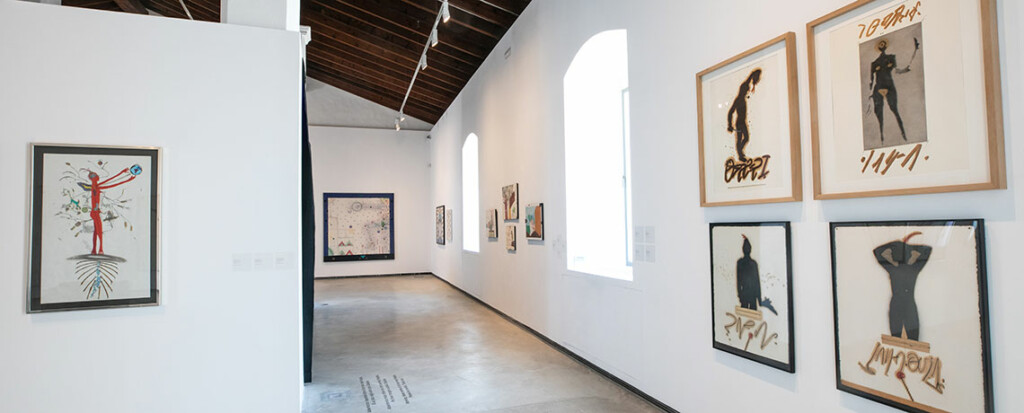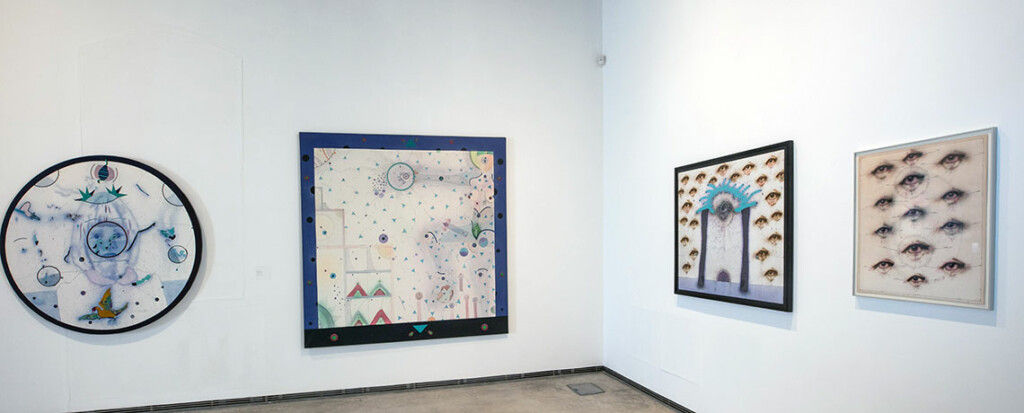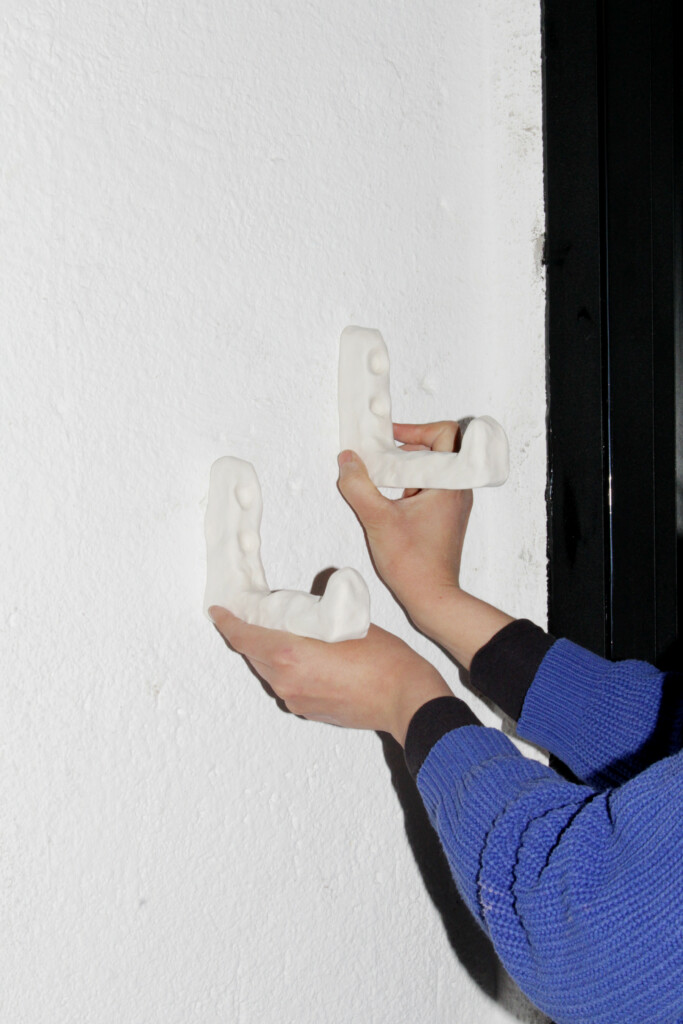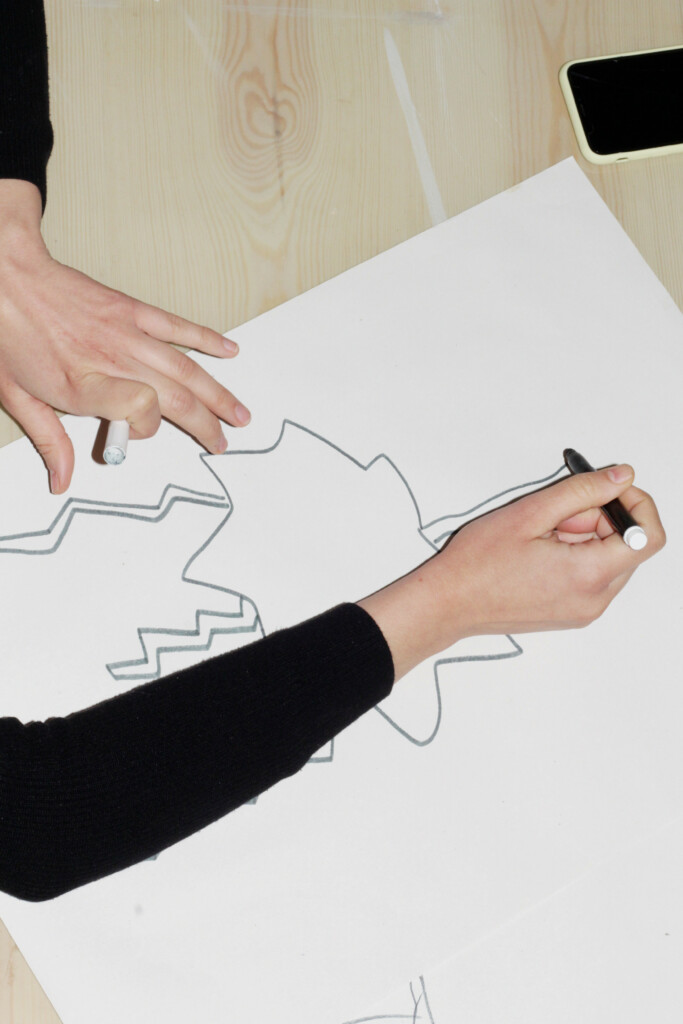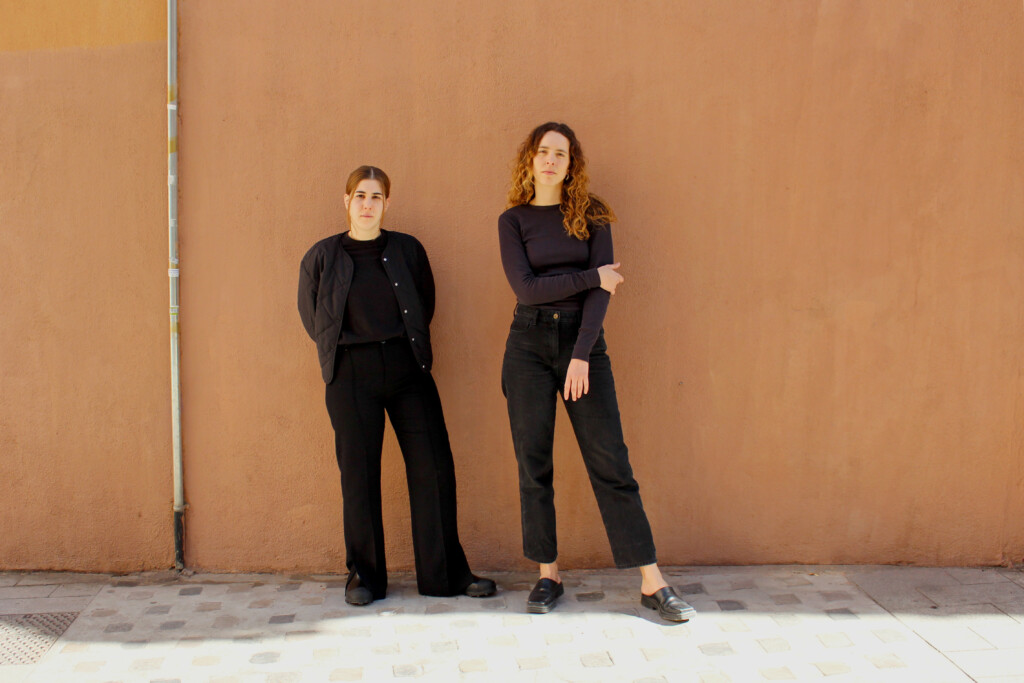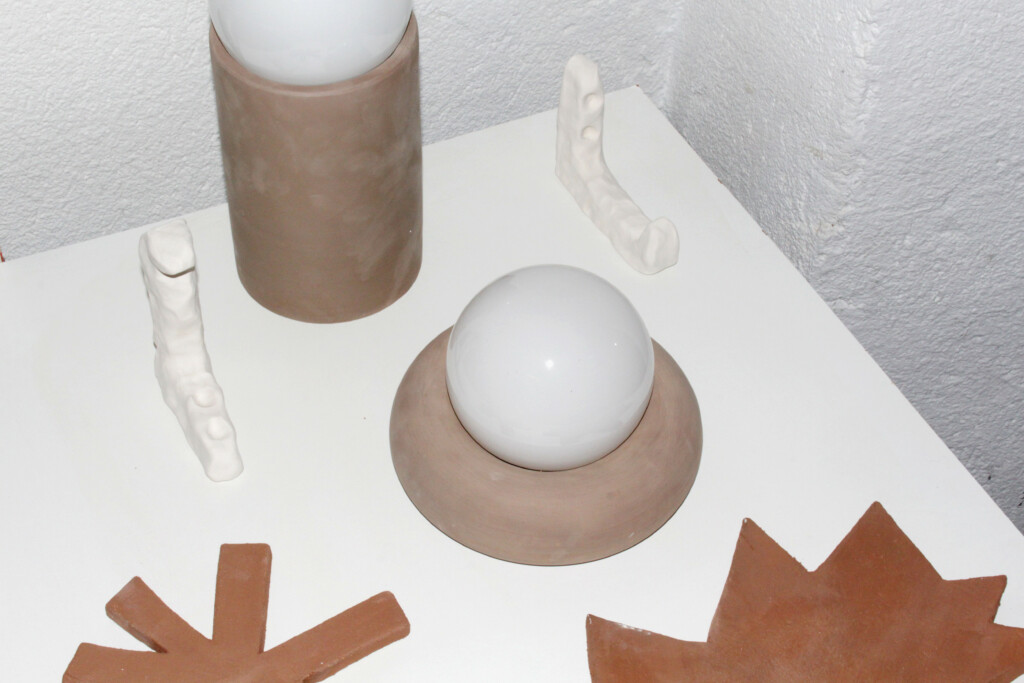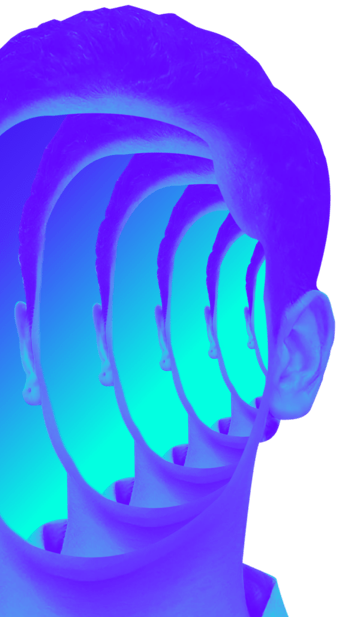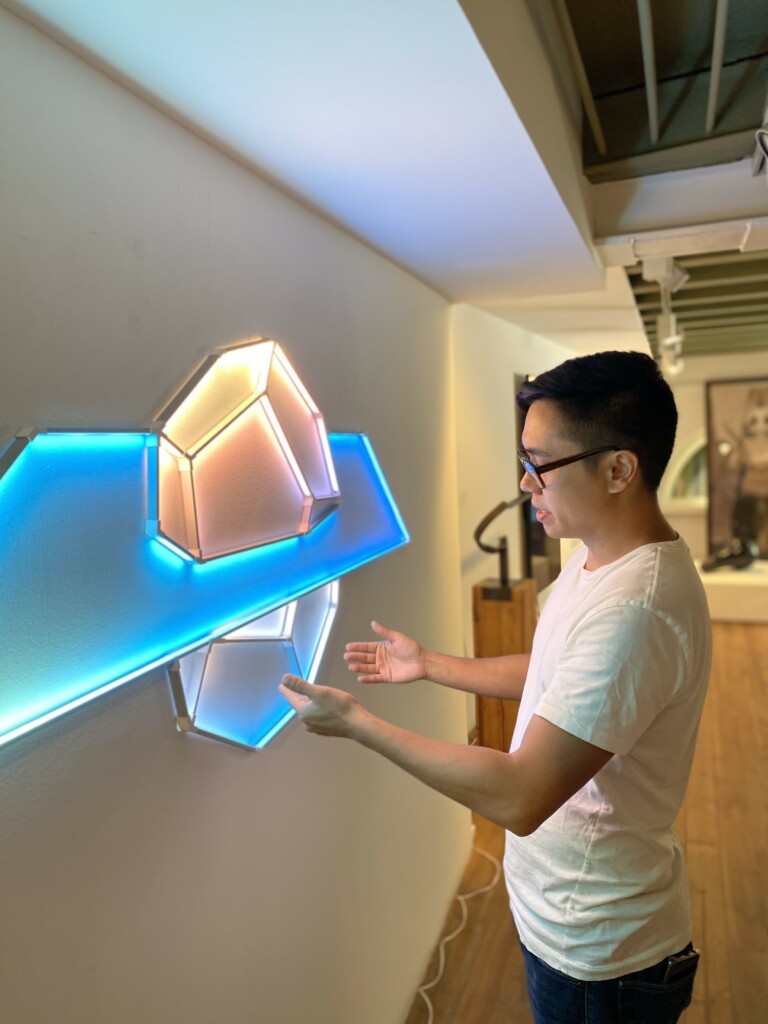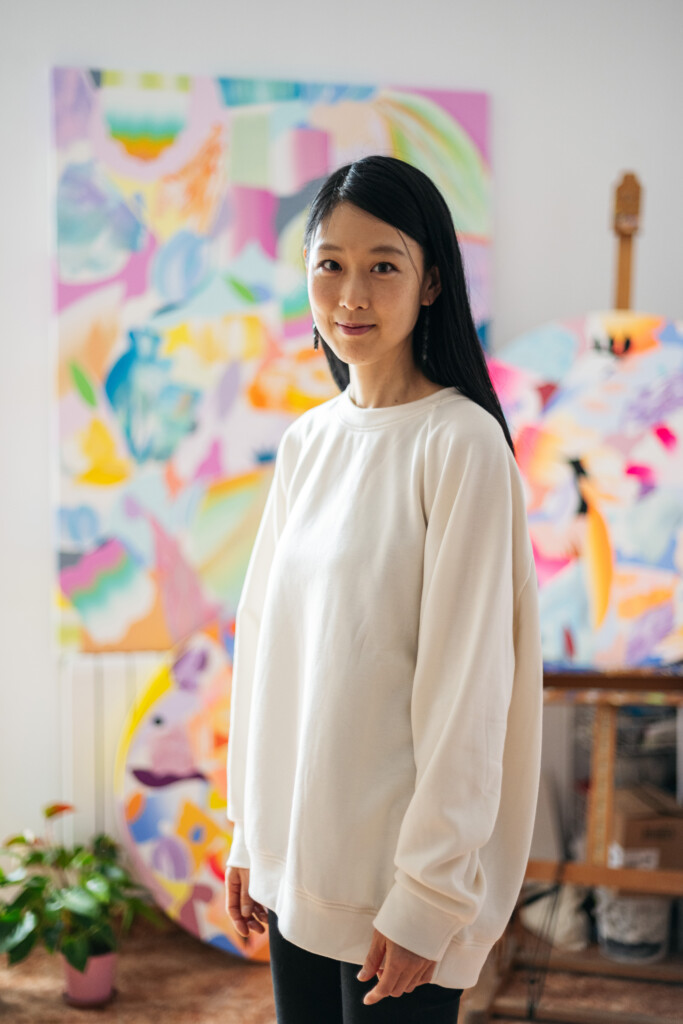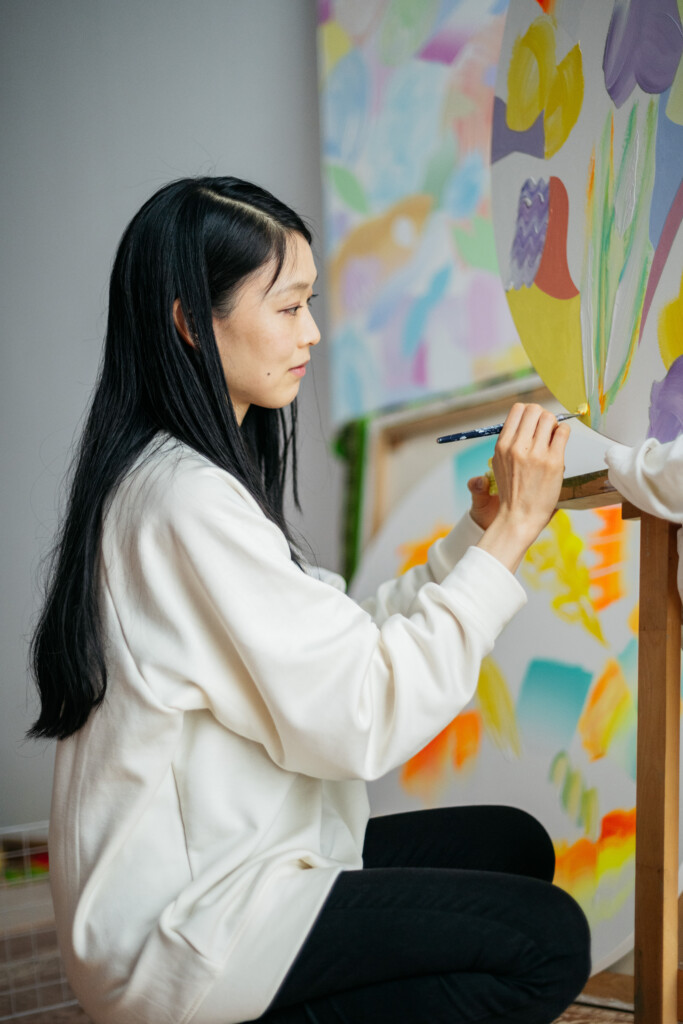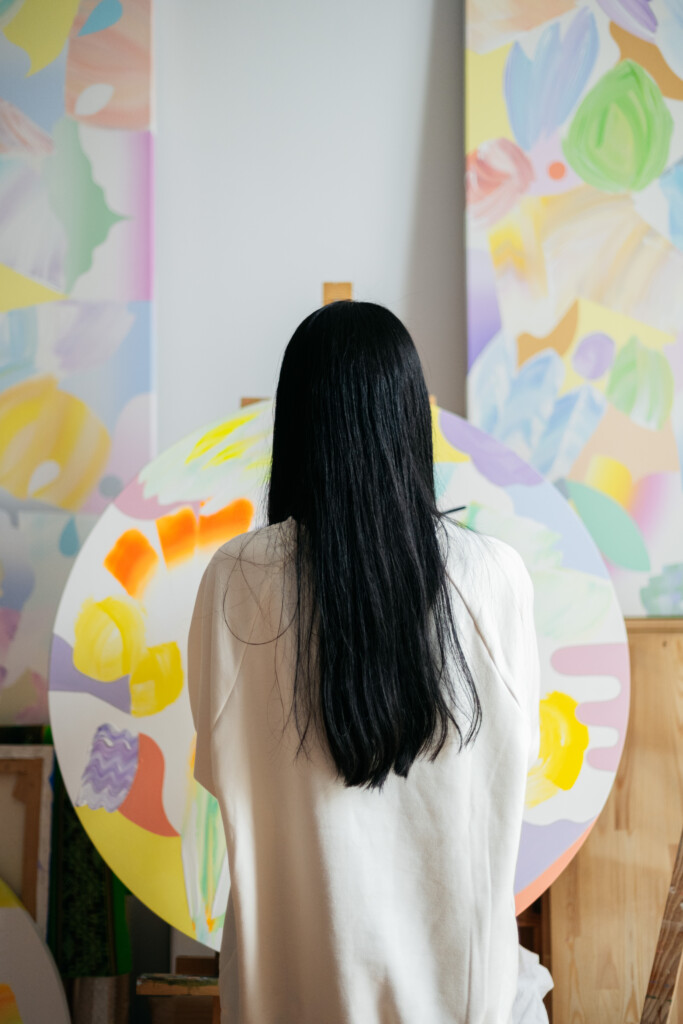- No products in the cart.
Studio Visit with Anthony Goicolea
#SendaInTheCity
VOLUME I
‘I normally start my day drawing,’ says Anthony Goicolea at his studio in Williamsburg, Brooklyn. ‘Eventually, one of those drawings will tell a story, then it becomes a painting.’
The New York based artist, first-generation Cuban-American, invited us to his luminous studio a Sunday afternoon in New York City.
Making use of a variety of media, Goicolea explores topics ranging from particular history and identity, through cultural tradition and heritage, to alienation and displacement.
His diverse oeuvre encompasses digitally manipulated self-portraits, landscapes, narrative tableaux executed in a variety of media, including black-and-white and color photography, sculpture & video installations, and multi-layered drawings on Mylar.
@anthonygoicolea x @galeriasenda
As I walk in, I am immediately captivated by the atmosphere of the studio. In the heart of Brooklyn, illuminated by a radiant mid-afternoon sun, we are greeted by some of Goicolea’s most recent pieces displayed around the space. All of them dialogue with one another creating at first an aura of contemplation and after a few minutes, of debate.
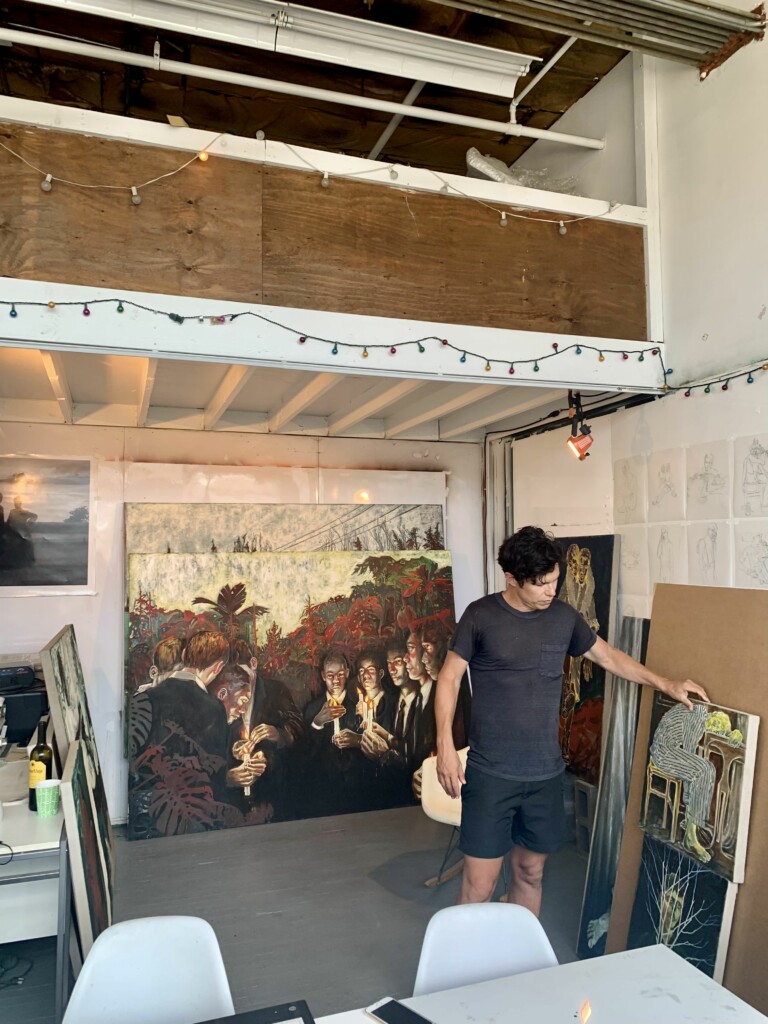
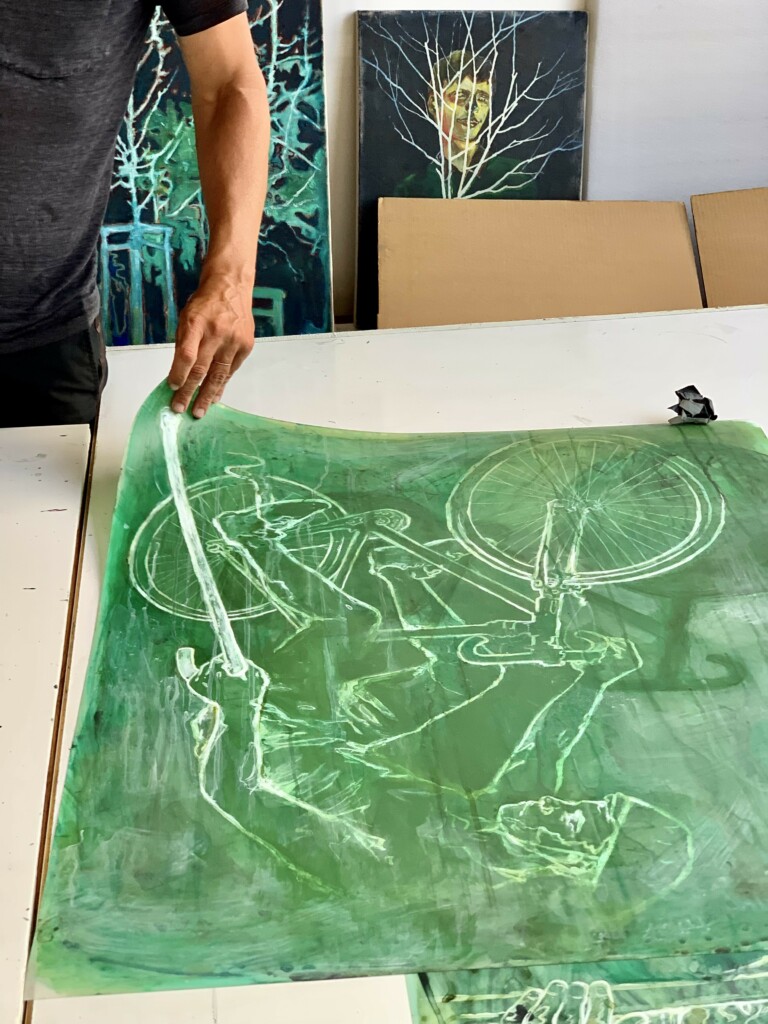
Anthony moves comfortably around the room picking out different paintings and carrying them from one place to another to get a better view. His active and energetic spirit gracefully guides us around the studio, showing us his latest creations and allowing us to enter his most personal creative space.
In ‘Crossing, 2021’, an oil on linen from 2020, four visible figures stand in front of an inflatable boat full of old bicycles, two other figures stand behind merging with the background.
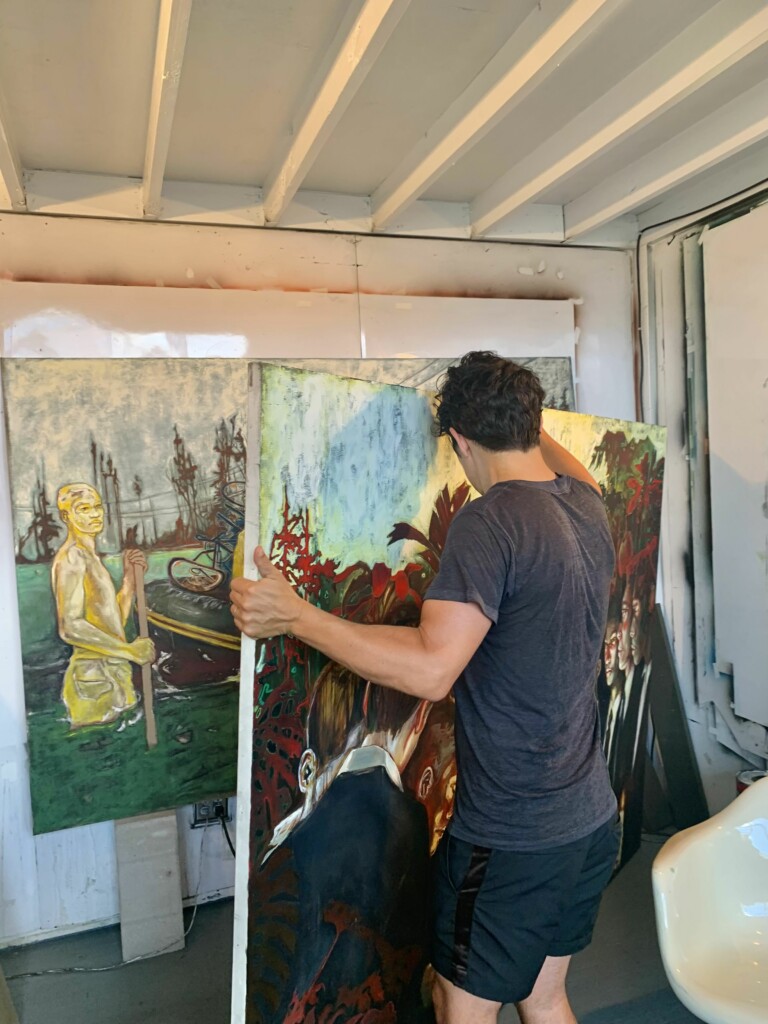
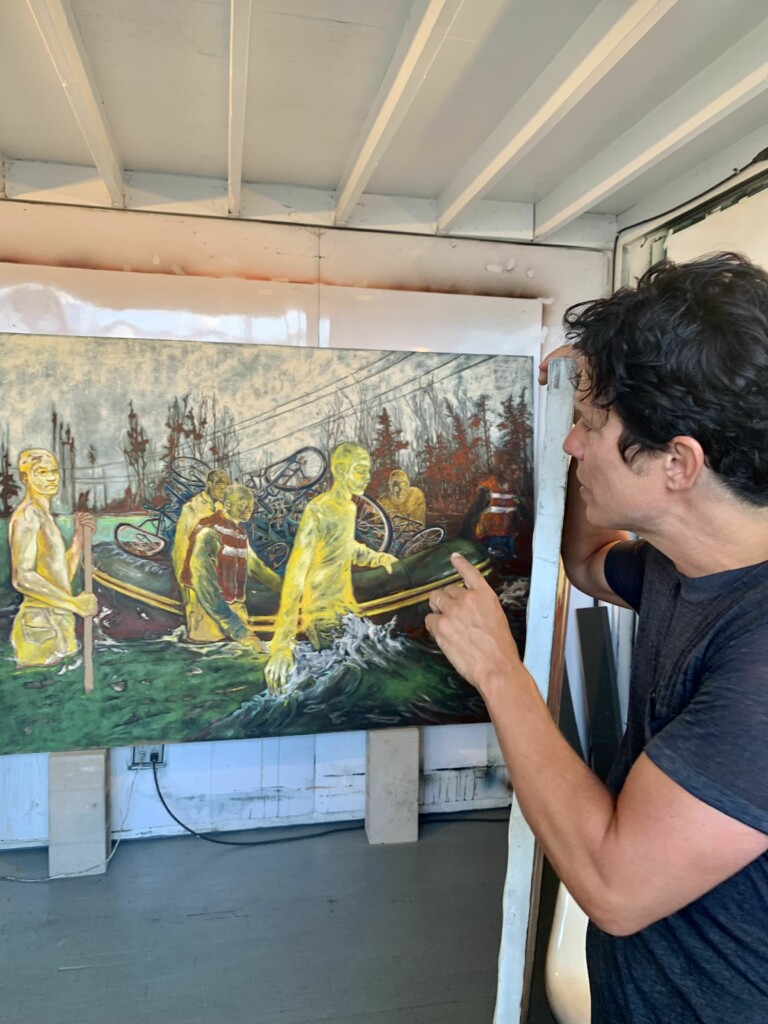
As an unresting curious artist, he’s always looking for innovating challenges. I noticed the great variety of sizes of the canvases and discovered that the dimensions weren’t random. Goicolea builds his own canvases to give life to his paintings, facilitating the process of projecting his drawings onto the fabric in a more personal and approachable way.
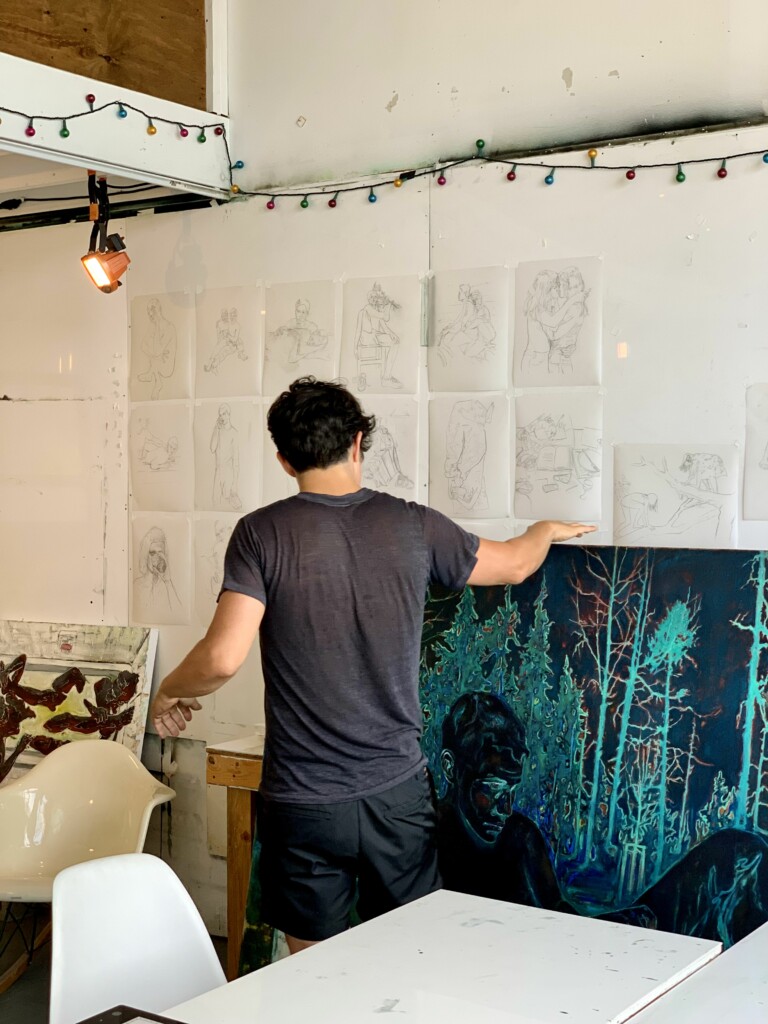
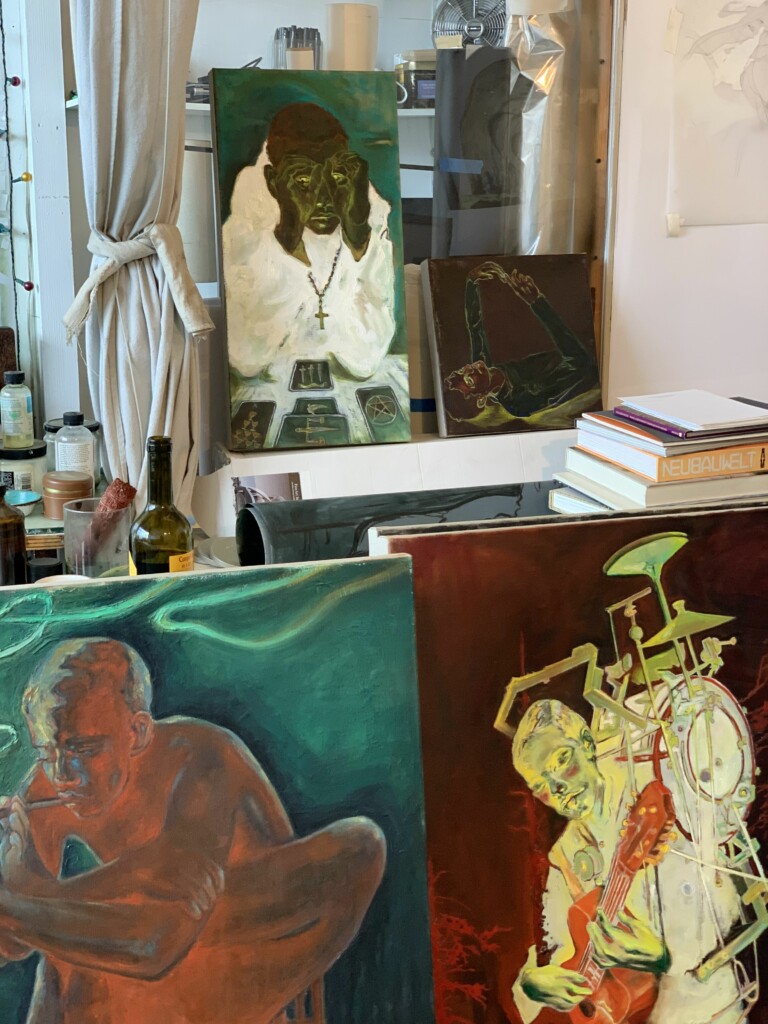

In past series, many of the images were devoid of humans. In those works, primitive lean-tos and crudely constructed shanties coexist in an uneasy union with the technological vestiges of an industrialized society. Suggesting a world on the brink of obsolescence, these chilling images further cement the pervasive undercurrent of human alienation—from one another as well as the natural environment—that can be traced throughout the artist’s work.
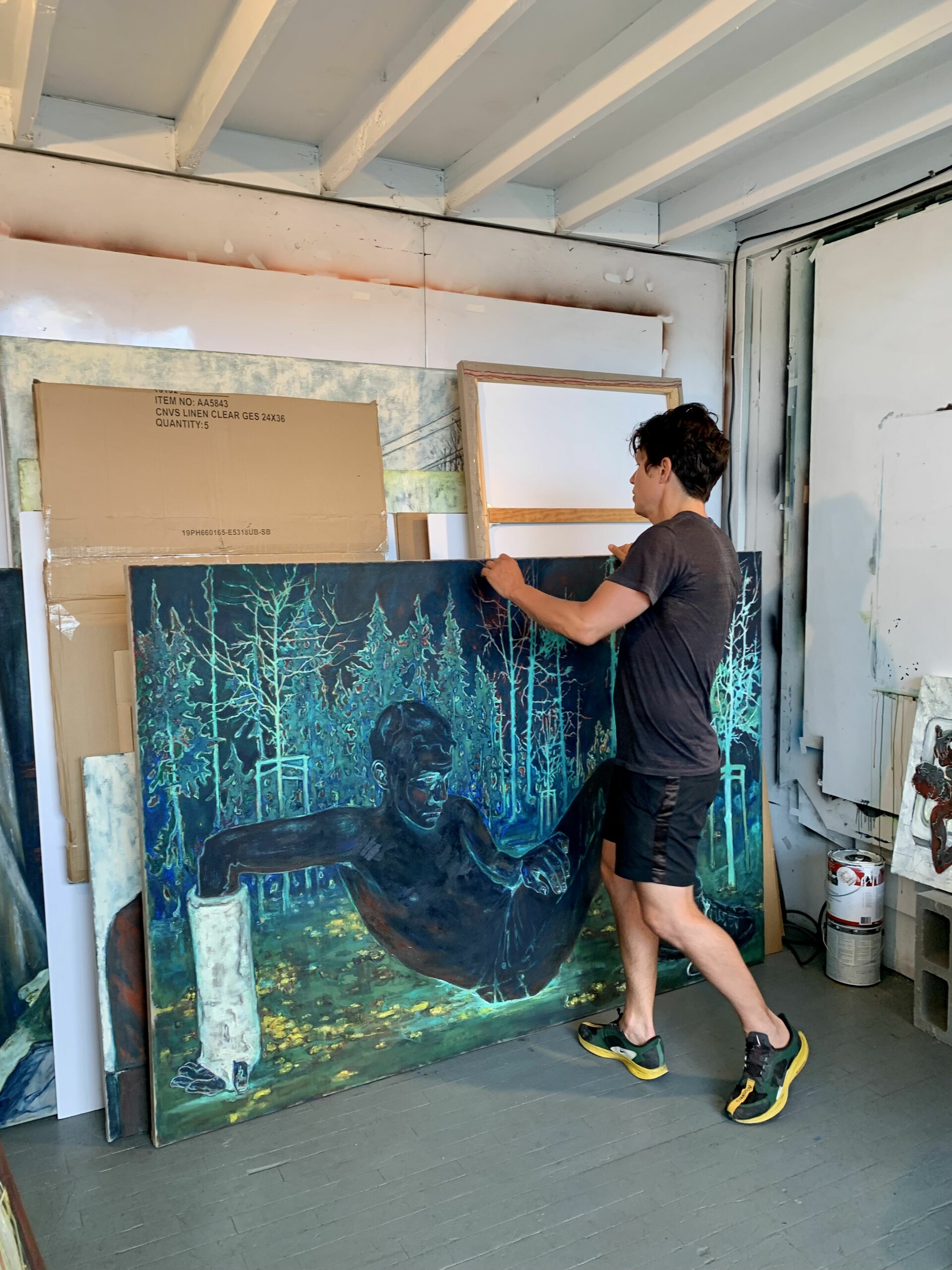
However, it seems like Goicolea has officially entered –or, revisited– a phase in which his own personal history becomes the root of his inspiration by, once again, exploring his roots and family heritage with a different technical perspective.
These poignant, almost cinematic images are characterized by a fervent search for ancestral & social connections to his homeland: Cuba— revealing nostalgia for a past that the artist didn’t experience & a sense of cultural dislocation and estrangement.
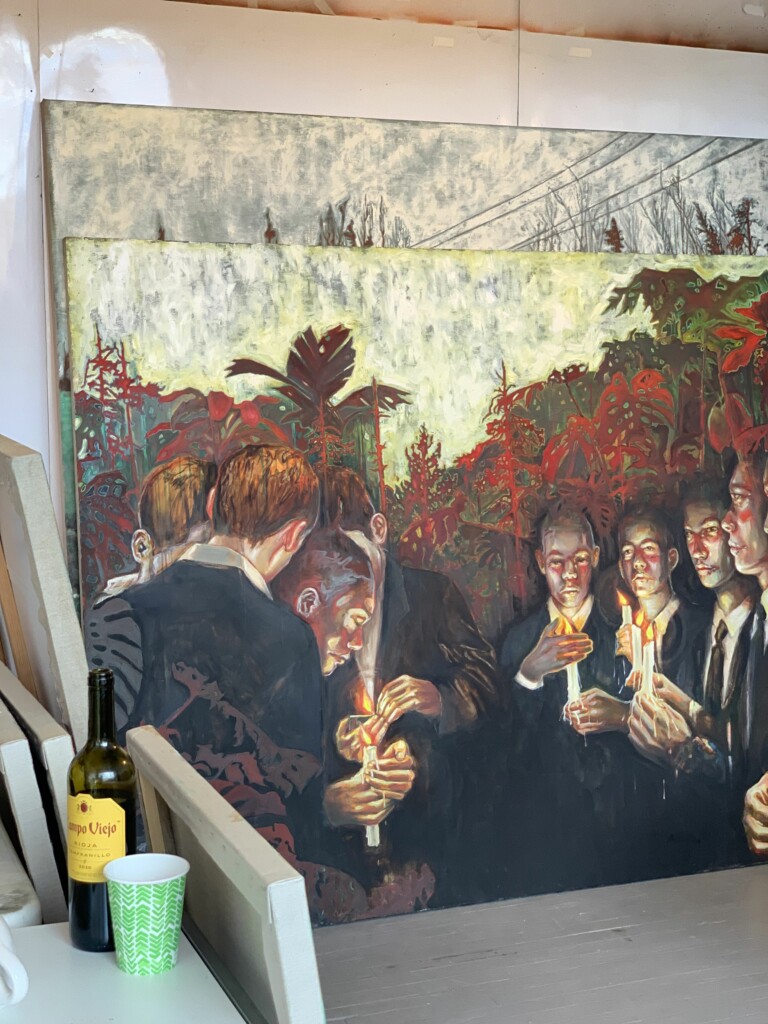
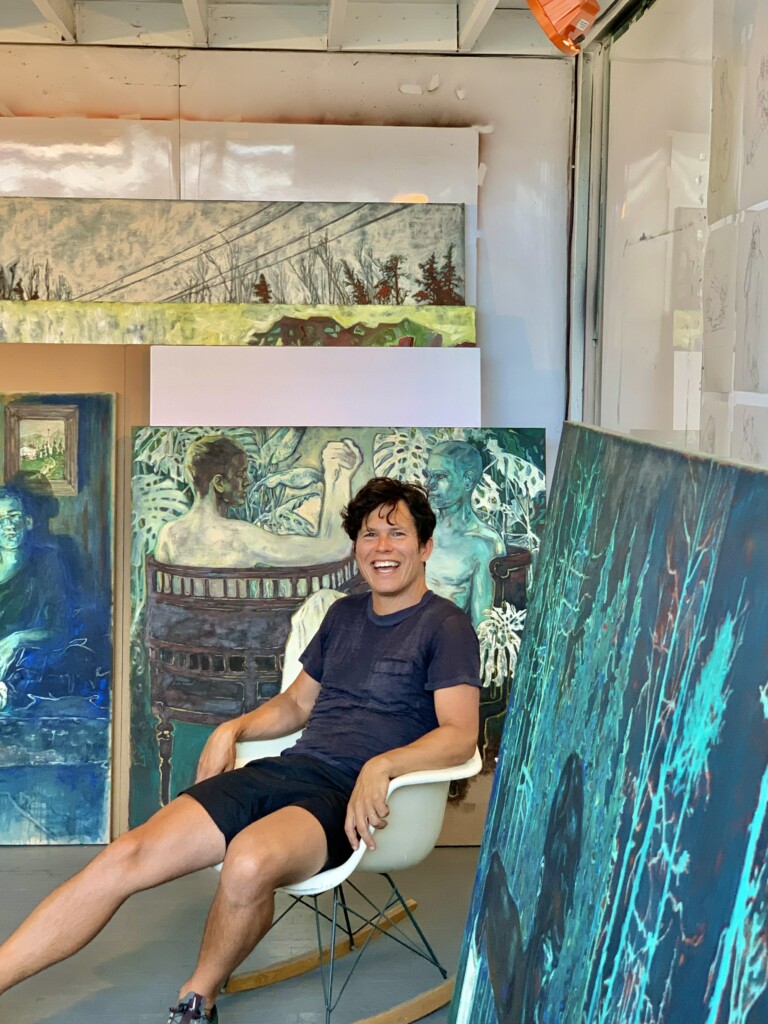
See anything you like?
Visit our shop or send us an e-mail to: info@galeriasenda.com
Follow our social networks so you don’t miss any news or gallery activity!
#galeriasenda @galeriasenda
Featured pieces:


























































































